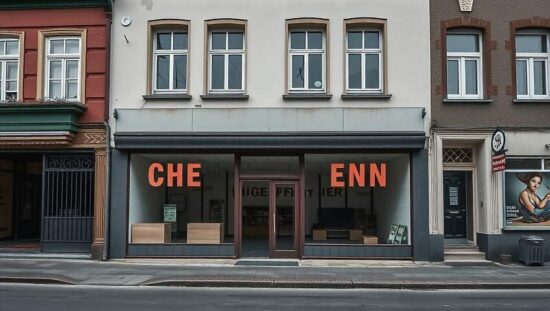Germany’s retail sector is facing a deepening crisis, threatening the vibrancy of town centers and raising concerns about long-term economic health. Alexander von Preen, President of the German Retail Federation (HDE), bluntly described the current environment as a “fight for every customer, every new year, even every new month” highlighting a precarious situation particularly acute for smaller, independent and family-owned businesses.
The decline is stark. The HDE reports that independent retailers now account for a mere 11% of retail turnover, a dramatic fall from 22% just 15 years ago. This erosion affects a broad spectrum of sectors, from fashion and toys to household goods and even food, prompting warnings of a significant loss of diversity and a dampening of consumer inspiration. The homogenization of retail landscapes, dominated by large chains and flagship stores, risks diminishing the attractiveness of urban centers – a consequence that extends beyond mere commerce.
While structural transformation is presented as inevitable, von Preen attributes the crisis to a complex interplay of factors. Soaring costs for rent, energy and labor, coupled with dwindling foot traffic in city centers, are intensified by a pervasive consumer mentality focused on seeking out discounts above all else. He criticizes this behavior, pointing out the irony that consumers lament the disappearance of small businesses while prioritizing bargain hunting, which often necessitates higher prices for independent retailers to remain viable and invest in their future.
The problem extends beyond the struggles of smaller shops. Von Preen reveals a worrying lack of investment within the larger retail chains as well. Current investment levels within the industry stand at approximately €20 billion, but the HDE argues this is insufficient, particularly when considering necessary expenditures across areas such as store development, logistics, digitalization, AI implementation, marketing and social responsibility – all vital for sustaining business models.
“It’s not enough” von Preen stated, suggesting a doubling of investment is required to foster a dynamic, innovative retail sector poised for continued adaptation. However, current returns and unfavorable local framework conditions make such a level of investment unrealistic for many firms, fueling vacancy rates and ultimately leading to urban decline. The situation raises serious questions about the long-term sustainability of Germany’s retail landscape and the government’s role in addressing the underlying economic pressures contributing to its erosion.





